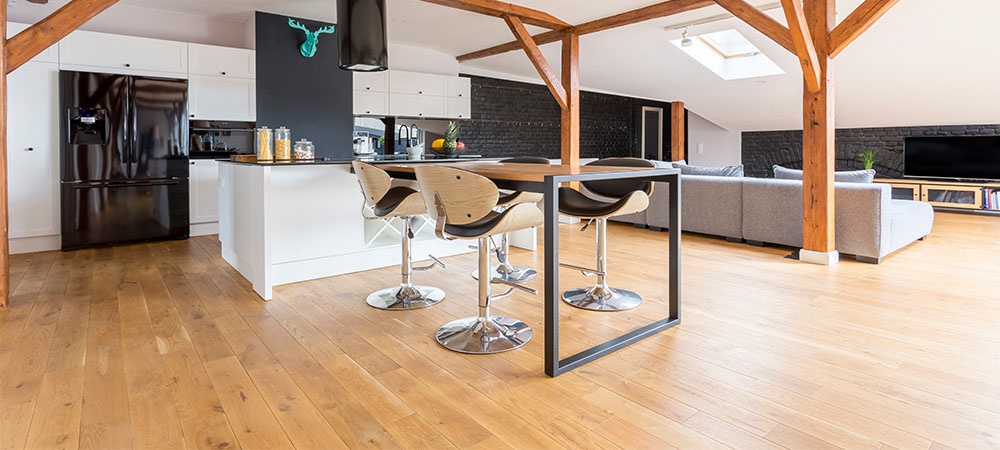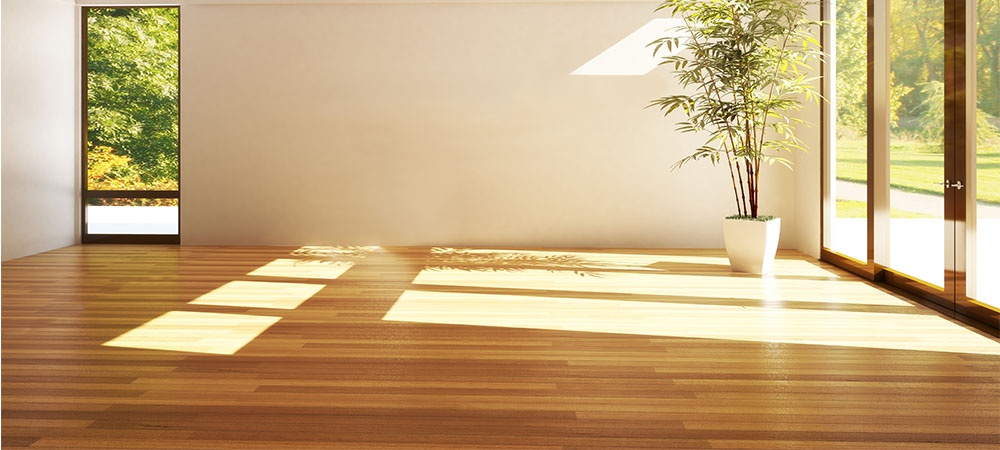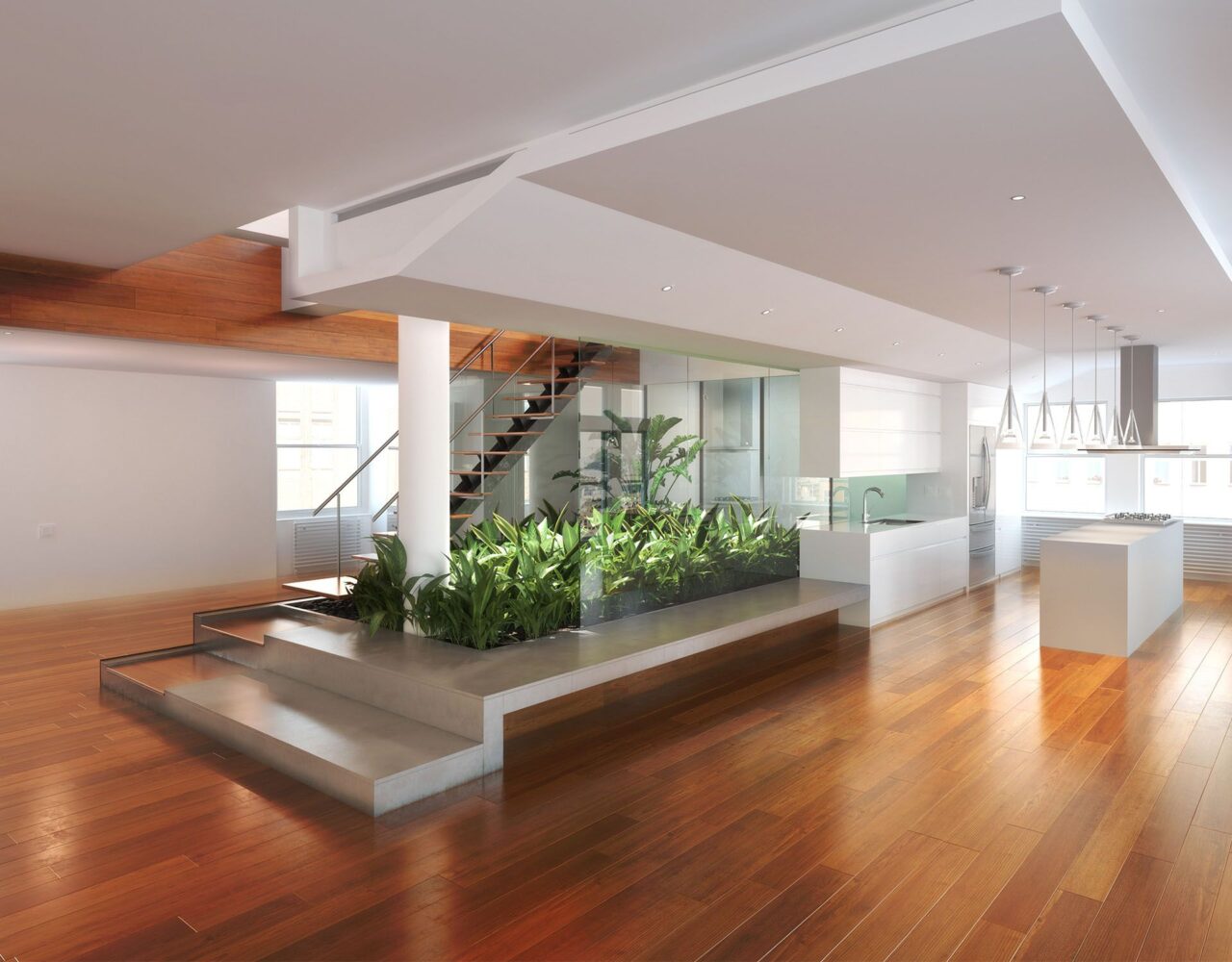Wooden floors are among the best and most appealing flooring options among many Canadian homeowners. Wood adds texture and warmth to your house, but it comes at a cost. Averagely, low-end wood flooring costs between $6 and $11 per square foot for installation and materials. High-end charges for materials and installation stand at $12 to $23 per square foot.
Our post discusses the dynamics of the overall cost of installing a wooden floor. Keep reading to discover how Bayfield Flooring can help you enjoy the best wood flooring solutions.
Factors Driving Hardwood Flooring Cost
Different factors drive the cost of installing wooden floors in Canada. Below are the top ones to help you make a smart decision.
1. Labor and Installation
Labor takes the bigger chunk of your contractor’s charges. If the installer spends more time on your flooring site, they will charge you more. Installing hardwood floors takes more time than softwood, pushing the price higher.
2. Finishes
Coating and finishes also determine the overall cost of installing hardwood floors. All hardwood floors require finishes (protective coatings) to make them more durable. These finishes can be applied at home after installation or at the factory.
However, factory finishes are more durable than those applied at home. You can start walking on the floor immediately after the contractor finishes installing it because you don’t have to wait for it to dry. Installing prefinished hardwood floors costs $6 to $12 per square foot. However, finishing it at home raises the labor costs by $2 to $5.
3. Flooring Pattern and Style
Your chosen flooring style and pattern also affect the amount of money you spend on your project. Choosing more angled and complex patterns like herringbone costs more money. The reason is that this pattern requires more cuts that waste flooring materials. Consequently, you spend more hardwood materials and money on this pattern.
Additionally, intricate patterns require more time to fix, raising the overall labor charges. If your rooms also have complex designs, they will need additional fitting time, increasing the overall price. So, settle for simple designs and layouts if you have a tight budget.
4. Tree Species
What type of tree species do you want to use for hardwood flooring? Your choice determines how much you will pay for your project. Different flooring hardwood tree species are available and have various rates, colors, and durability levels.
For example, Brazilian walnuts and mahogany are more expensive than American cherries or oaks. The latter pair costs between $5 and $15 per square foot. The former pair is more expensive, costing between $8 and $18 per square foot. So, choose your tree species carefully because they have serious cost implications.
5. Wood Grade
Hardwood grade is another factor that drives flooring prices. Remember, wooden floors have grades based on their physical features. Below are some grades to know before choosing your flooring wood.
- Lowest– This grade includes softwoods, such as pine and poplar. Flooring wood in this category costs between $3 and $6 per square foot. You need an extra $3 to $5 per square foot to install the wood on the floor.
- Middle– This category features common and readily available hardwood options such as oak, teak, and American cherry. Expect to part with $5 to $10 per square foot for the wood and $4 to $8 for installation.
- Highest– This class comprises the most expensive and exotic hardwood options like tigerwood, mahogany, and Brazilian walnut. You’ll spend between $8 and $15 per square foot on wood and another $4 to $8 on installation.
6. Grain and Color
Color and grain are other factors that drive the overall cost of installing a hardwood floor. Each tree species has its different color scheme that creates various ambiances. For instance, homeowners who like rich and darker tones may choose walnut and mahogany.
If you prefer a light hair outlook, maple and ash would be your best bet because of their more pale colors. You should choose oak or hickory if you want a warm and medium shade in your home.
A tree’s grain and color patterns determine its beauty and overall price. Trees with wavy patterns are the least expensive, while those with grains running in their lines are the costliest. For instance, oak has tighter and more visible wood grain, while white ash and acacia have varying patterns.

How to Calculate Hardwood Flooring Costs
Prices have serious budgetary implications on your hardwood flooring project. Therefore, understand how to calculate these costs before moving forward. An accurate calculation saves you last-minute cost surprises.
Your calculation should show how much hardwood will cost you. It should also include your target flooring site’s square footage, plus a 5% to 10% to cover cuts and wastage. Afterward, take the amount and multiply it by the square foot price of the flooring to get the cost.
Remember to add the additional costs of other items like thresholds, moldings, and nails. Use this formula to calculate the general price:
(Square footage + 5 to 10 percent of square footage) x cost per square foot = cost.
An excellent example would be 1200 + 120 = 1,320 x $24 = $10,060
How to Save on Hardwood Flooring Costs
Now you know the factors that affect a hardwood flooring project’s cost and how to calculate them. The good news is that these expenses aren’t cast in stone. You can do something to change them in your favor to suit your budget. Here are tips on how to do it.
1. Understand Various Flooring Materials
Different hardwood materials have varying prices. Therefore, research them thoroughly to understand how these variations affect your overall project’s price. Select your materials carefully based on their thickness, grains, lengths, and species.
2. Demolish the Old Floor Yourself
You can also save on your flooring costs by demolishing your old floor yourself. Only ensure that you have the correct tools, stamina, and skills to do it. This way, you will save a significant chunk on your labor costs.
3. Remove the Furniture
Clearing your flooring space is another way of saving on expenses. Your contractor will charge you for all the time they spend on your site. Thus, the less work they have, the less time they spend, and the less you’ll pay for labor charges.
4. Prepare the Materials
It’s prudent to buy materials early to save your installer’s time. Rushing to purchase items when the contractor is idly waiting on site will cost you more money. Therefore, it’s prudent to consult them on everything you should buy before they commence work. This step will also save you the pain of wasting money purchasing unnecessary materials.
5. Choose Between Solid and Artificial Wood
You can save money by choosing between natural and industrial hardwood flooring options. Engineered wood has several layers, while solid wood doesn’t. The engineered version is more durable and costlier to purchase but cheaper to install. Inversely, solid hardwood is more affordable to buy but more expensive to install. So, choose carefully.
6. Do Enough Window Shopping
Finally, do enough window shopping to save costs on your hardwood flooring project. Don’t settle for any contractor before interviewing several other options in town. Consult your family and friends to recommend a contractor if they know one or several. Don’t forget to read genuine reviews from reputable review sites.
When reading reviews, remember that many users often don’t review a contractor unless they had an exceptionally excellent or painful experience. Therefore, it’s better to check how these reviews trend and how politely or professionally the contractor responds.

Advantages of Hardwood Floors
Hardwood floors are beautiful installations with numerous advantages. Here are some of the benefits you enjoy by installing them.
-
Durability
A professionally done hardwood floor can last for many generations, even in high-traffic locations like the living room, kitchen, or dining room.
-
Eco-friendly
A wooden floor is the best choice for allergic persons because they’re environmentally friendly. Using fast-growing options like bamboo makes it easier to replenish the environment.
-
Visual Appeal
Hardwood floors come with visually appealing shapes and patterns that make them an attractive focal point. Natural wood has unique colors and grains.
-
Long-term ROI
You can also improve your home’s sale or resale value by installing a high-quality hardwood floor. Thus, you have a long-term investment if you decide to sell your home.
-
Maintenance Ease
It’s easy to maintain a hardwood floor because it only requires weekly sweeping, vacuuming, or dry mopping. This floor only needs an occasional deep clean. A hardwood floor with an excellent finish is also stain and odor-resistant.
-
Acoustics
Lastly, a hardwood floor improves your home’s acoustics. It echoes your feet as you walk on it, bettering your home’s music system.
Let’s Help You Floor Your Floor Today
That’s all you need to know about the cost of installing a hardwood floor. Do you need help with your next hardwood flooring needs? Don’t hesitate to talk to Bayfield Flooring, your best flooring partner. Our lines are open. Call us today for a free consultation and estimate.

